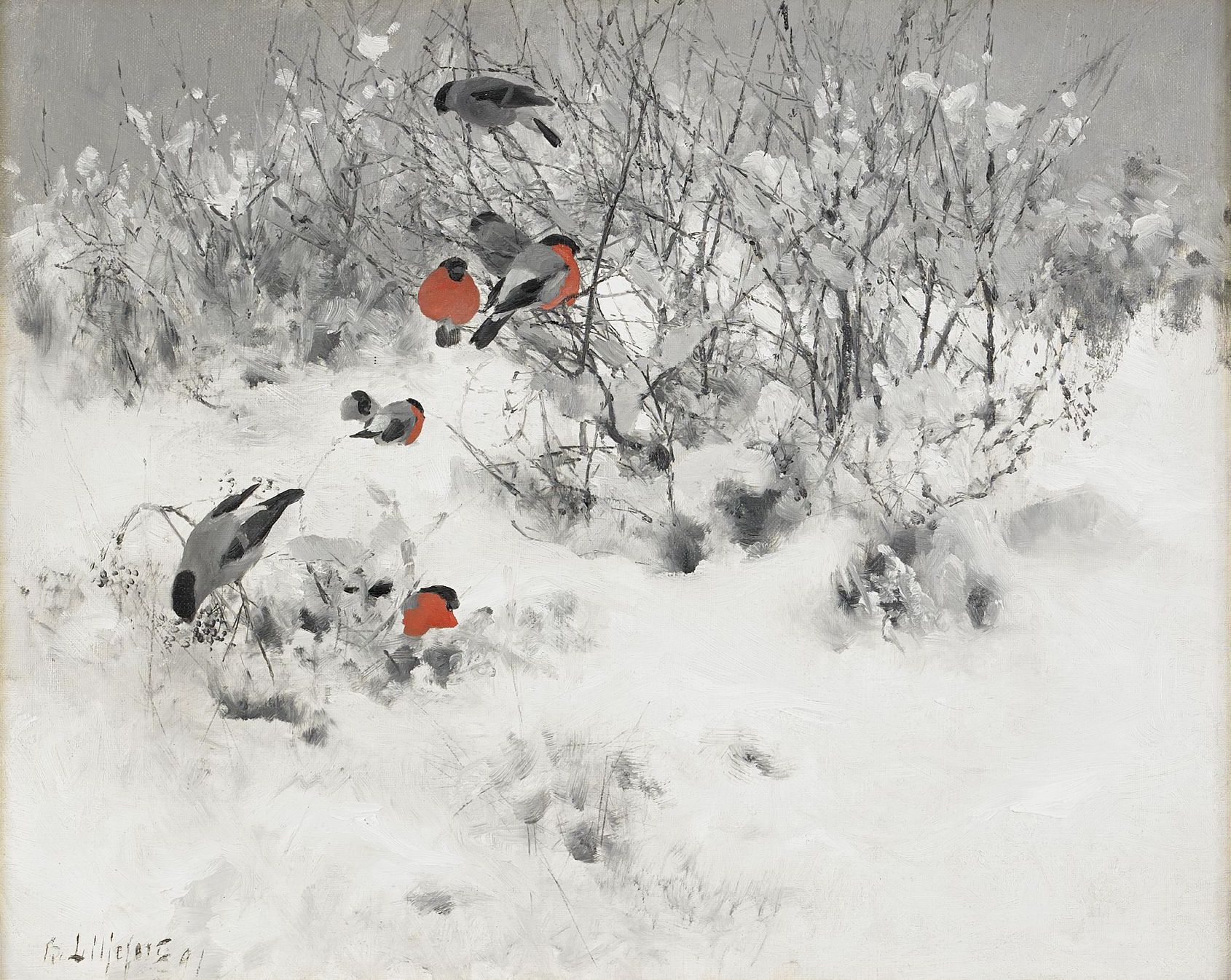
Visualizing three-dimensional structures is one of the most valuable insights that chemical modeling can provide. The physical shape of atoms, molecules, and molecular systems is incredibly important to their structure and function, and the two-dimensional line representations typically employed do a poor job of representing this.
Traditionally, molecular visualization is a complex and somewhat difficult task. Visualization software is typically decoupled from the underlying computational engines, necessitating tedious filetype conversion to just look at the input or output of a computation. Since most calculations are run on remote high-performance computing clusters, visualizing a calculation that's currently running also requires a network file transfer, making it impractical to routinely monitor calculations as they run.
Most molecule visualization programs also don't generate publication-quality figures, so a separate suite of programs is needed to generate figures suitable for presentations or papers. Furthermore, more advanced plotting methods like atom-centered highlights or superimposed structures often require still different visualization softwares, increasing the technical burden on scientists still more.
Rowan's web interface provides a single, unified molecular visualization platform with first-class integration into the underlying computation engine. Molecular structures are automatically visualized before job submission and while jobs are running, with updates streaming live as calculations and workflows are being run so that jobs can quickly and intuitively be monitored.
Rowan's molecular viewer makes it easy to inspect key bond lengths, angles, and dihedrals. All structures can be downloaded or copied to the standard .xyz file format for easy export. Where applicable, key properties like charges, Fukui indices, and pKa values will automatically be displayed.
The molecule viewer follows established best practices for molecular representation and display, including standard atom coloring and bond representations, and all elements are rendered in vector format to ensure that graphics are natively publication-quality.
